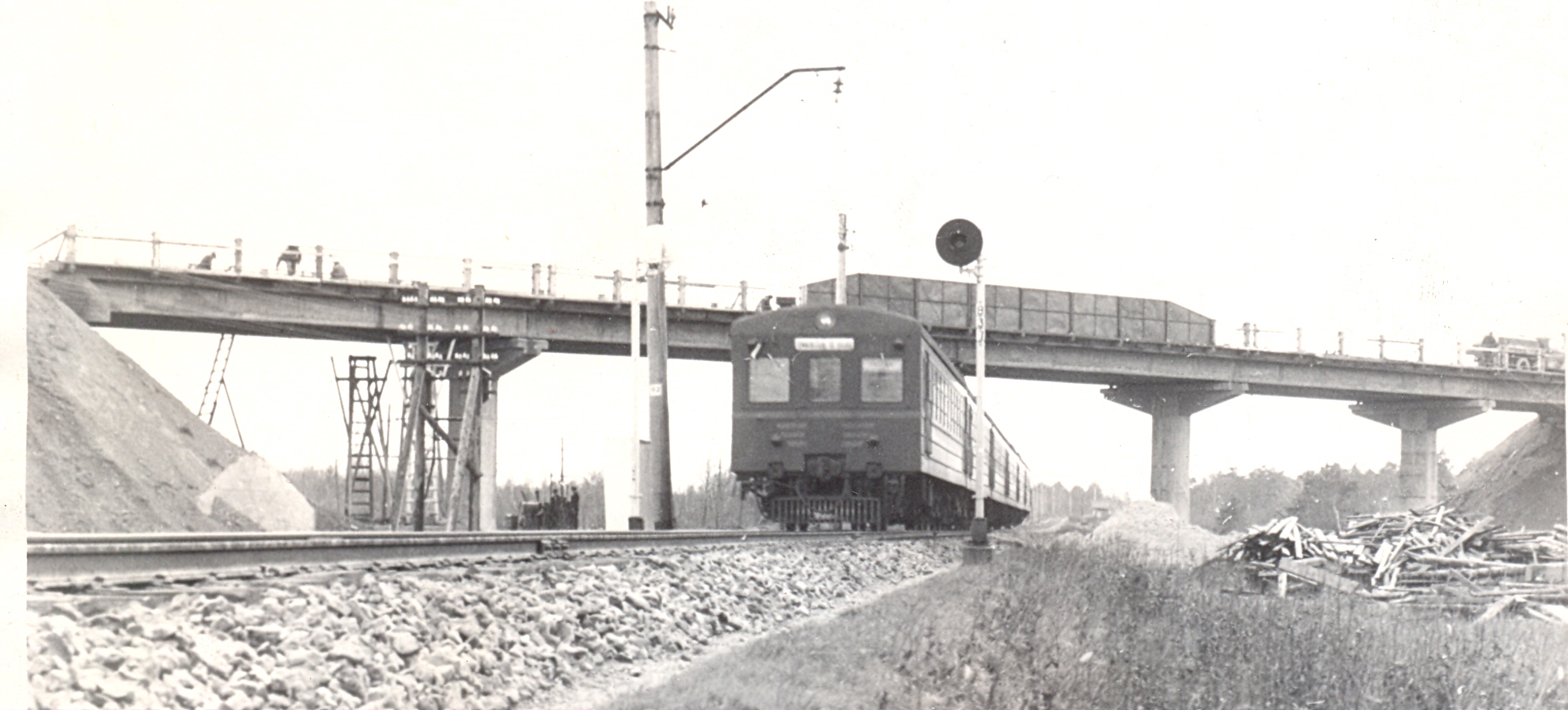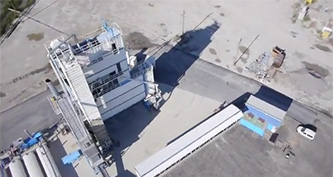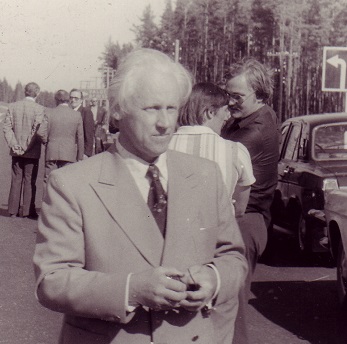On 27 December 1960, the former road construction districts were renamed road construction administrations as of 1 January 1961 with Directive no. 663 of the Minister of Road Transport and Highways of the Estonian Soviet Socialist Republic. In the Tallinn district, the respective institution was renamed Road Construction Administration no. 2 (TEV-2). On the basis of the same directive, TEV-2 was no longer subordinate to the Tallinn Road Administration and commenced its activities as an independent road construction company that was directly subordinate to the Ministry of Road Transport and Highways of the Estonian Soviet Socialist Republic.
Pursuant to the articles of association, the tasks of the new institution were performing road construction, major repairs and reconstruction work in Tallinn and its vicinity. The first registered office of TEV-2 was Tulika 9, Tallinn.





